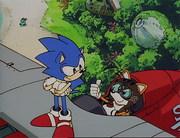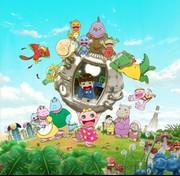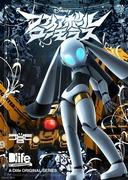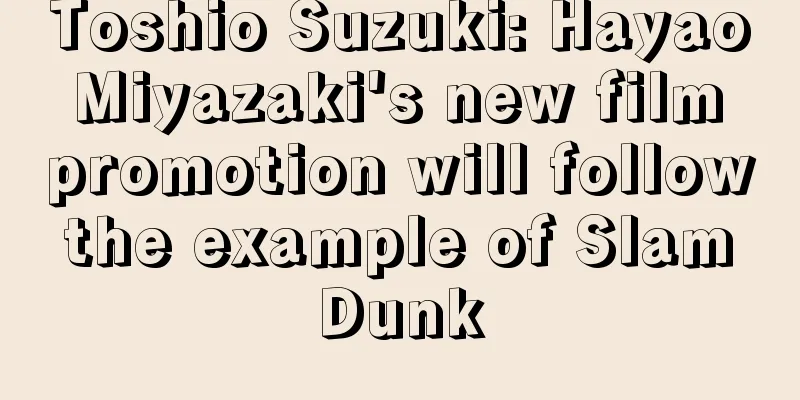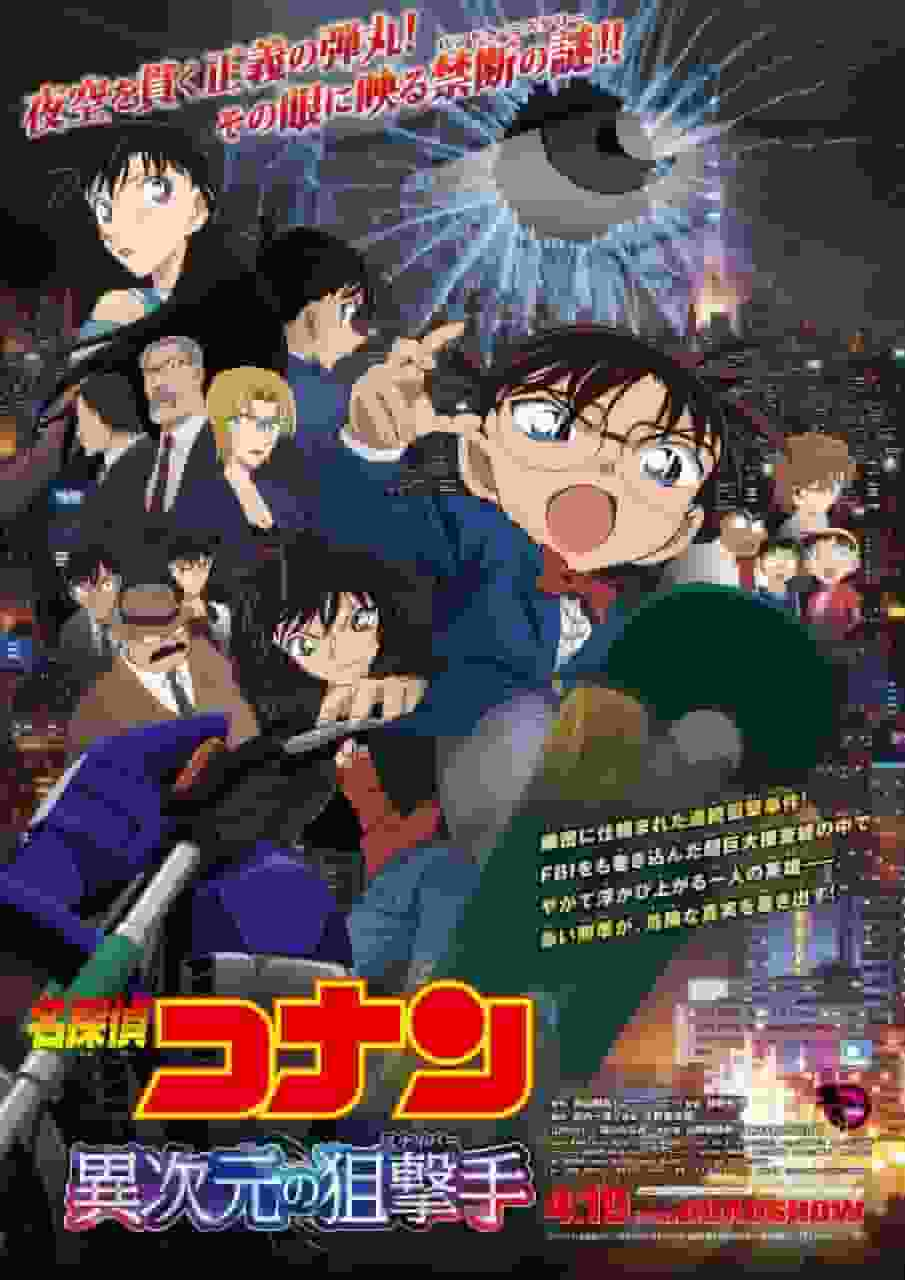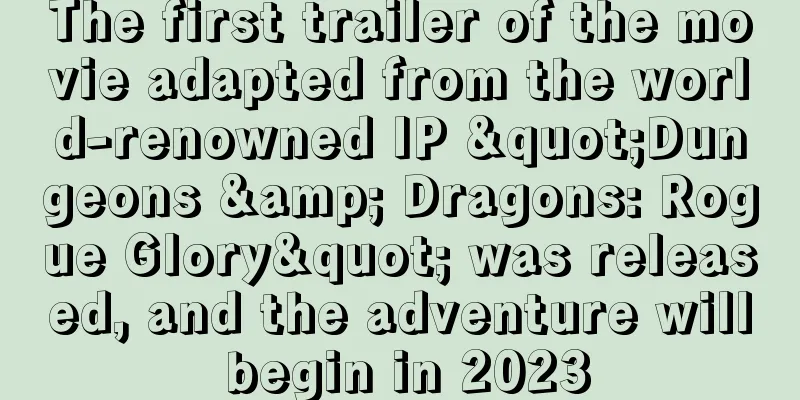Review of "Rennyo and His Mother": A masterpiece anime depicting the bond between mother and child and the profound depth of history

Rennyo and his mother - Rennyo to sono haha■ Public Mediatheater ■ Original Medianovel ■ Release date1981 ■Frequencies93 min ■Original Story・Original work: "Rennyo and his mother" by Kiyotaka Hirai ■ Director・Director: Kihachiro Kawamoto ■ Production・Produced by "Rennyo and his Mother" Film Production Promotion Committee ■Works© Kawamoto Productions ■ StoryIn the midst of the turmoil of the Muromachi period, Rennyo Shonin, the eighth head priest of Kyoto's Otani Honganji Temple, appears. Rennyo was widowed and left with seven children. His late wife's younger sister, Yuko, falls in love with Rennyo as she washes diapers, and the two eventually become husband and wife. A man who is devoted to Rennyo is the hairy monk Hosyu. He makes a living by pilfering cargo from ships sailing on Lake Biwa, and his emotional support comes from the Nembutsu preached by Rennyo. One day, as Hosyu passes through Hayashimura village near Miidera, he hears the Shoshinge chant of the Mugeiko sect, to which he adheres, coming from a house. Seeing an old woman with a mysterious appearance, Hosyu thinks that she may be related to Rennyo's long-lost mother. Rennyo's Honganji Temple is burned down by rival Yamaboshi, and Rennyo is taken into refuge at Miidera. There, he is reunited with his mother, whom he was long-lost at the age of six. His mother lamented her lowly status as a servant and disappeared from Hongan-ji Temple when Rennyo was six years old. Rennyo worked tirelessly to rebuild Hongan-ji Temple, keeping in his heart his mother's final words: "Though I was a servant, I was able to live a life without regrets thanks to my nembutsu." ■ExplanationThe story is based on the novel "Rennyo and His Mother" (1977) by Kiyotaka Hirai. Four groups involved in the Burakumin problem in Shiga Prefecture commissioned Kawamoto to produce the film. The screenplay was written by Kaneto Shindo, a film director known for "The Naked Island" (1960). Rennyo captured the hearts of the impoverished people in a turbulent time, and built the foundations of the current Jodo Shinshu Honganji Temple as the founder of its restoration. The story is structured with dialogue throughout, and compared to Kawamoto's previous short poems, it is closer to a feature film. This is Kawamo and Yashiro, which tackles the heavy theme of discrimination and depicts it as a human drama, is the first time. In this work, we witness Kawamoto's work that we have never seen before. First of all, there are over a hundred dolls. Ruffians, country wives, children... Their faces are unique and expressive. Kawamoto says of the dolls other than the leading roles, "You can try out a lot of different things and play with them." The depth of this design is directly linked to the richness of the work. The scene of the mountain priest breaking into the temple and the people cheering him on is reminiscent of Trnka's "Ancient Czech Legends" (1952). Secondly, it is a dialogue play. Kawamoto's puppets' mouths do not move. This is due to the generous use of skilled actors as voice actors, giving the dialogue a sense of realism. The cinematic composition is also one of the highlights of this work. Kawamoto, who was once a member of Toho, received film from director Kinugasa Teinosuke to study frames and cuts, and this experience is put to good use here. The story told in a cinematic manner, the figure of Renyo crossing the mountain drawn with the techniques of Japanese painting, the profile of his wife Rensuke as she dies, and the dynamic crowd scene of the mountain priest attacking. "Rennyo and His Mother" is a magnificent drama that goes beyond the realm of puppet animation. ■CastKimiko Ikegami, Masaaki Daimon, Misako Watanabe, Rentaro Mikuni, Pinko Izumi, Shoichi Ozawa, Hideo Takamatsu, Yoshio Nishizawa, Yokichi Goto, Shunji Yumiba, Kyosuke Matsunami, Yasushi Miyazaki, Tetsuko Kuroyanagi, Kyoko Kishida, and Tomoo Koike ■ Main staff・Director/Kihachiro Kawamoto・Chief animation directors/Kihachiro Kawamoto, Hirokazu Minegishi, Tokiko Ohmukae, Nozomi Nagasaki, Chizuko Makisaka, Fumiko Tajima, Yoshihiro Katsurazawa, Hiroshi Shinsenji・Producer/Tamiji Ando・Original story/Kiyotaka Hirai・Planning/Takashi Togami・Screenplay/Kaneto Shindo・Cinematography/Minoru Tamura, Shirogumi Studio・Art/Takashi Komae, Masami Tokuyama, Tsuyuhiko Mibu, Ryo Nakagawa・Editing/Naoko Aizawa・Music/Toru Takemitsu, Tokyo Concerts・Sound/Isamu Katto, Tokyo Television Center ■Detailed evaluation and recommendation"Rennyo and His Mother" is a puppet animation film released in 1981 by director Kihachiro Kawamoto, and is praised for its profound themes and beautiful visual expression. The film depicts the life of Rennyo Shonin, a leader of the Jodo Shinshu sect of Buddhism during the Muromachi period, and his reunion with his mother. Below, we provide a detailed review and recommendation of the film. Story and Themes"Rennyo and His Mother" centers on the life of the monk Rennyo, depicting his reunion with his mother and his life afterwards. After losing his wife, Rennyo walks a difficult path with seven children, but his reunion with his mother marks a major turning point. This work deals with the heavy themes of the bond between mother and child, and discrimination. In particular, the scene in which Rennyo's mother laments her lowly status as a servant, but talks about how chanting the Nembutsu has enabled her to live a life without regrets, deeply moves viewers. This theme is set against the backdrop of the Burakumin problem, a social issue at the time, and director Kawamoto has been praised for portraying it as a human drama. Visual and technicalDirector Kawamoto Kihachiro's puppet animations are known for their beauty and precision. In "Rennyo and His Mother," more than 100 puppets are used, each with its own unique facial expression and movement. In particular, the expressions of the thugs, country wives, and children are extremely realistic, leaving a strong impression on the viewer. The scene in which the mountain monk breaks into the temple and the people cheering him on is reminiscent of the work of Czech animation director Trnka, and the dynamic crowd scenes are beautifully drawn. Furthermore, the cinematic composition and cutting are also superb, making use of the techniques that Director Kawamoto learned from Director Kinugasa Teinosuke while working at Toho. The visual aspects of the film, such as the figure of Rennyo crossing the mountain, painted using the Japanese painting technique of tarashikomi, and the profile of his wife as she dies, have also been highly praised. Music and SoundThe music was composed by Takemitsu Toru and produced by Tokyo Concerts. Takemitsu's music is deeply connected to the theme of the work and plays a role in drawing out the emotions of the viewer. The music in the scene where Rennyo is reunited with his mother and in the scene where Rennyo works to rebuild Honganji Temple particularly moves the viewer deeply. Katto Isamu and Tokyo Television Center were in charge of recording, and they succeeded in enhancing the realism of the dialogue. In Director Kawamoto's puppet animation, the puppets' mouths do not move, so the performance of the voice actors is extremely important, but in this work, talented actors were used and they succeeded in bringing realism to the dialogue. Cast and crewThe cast is a stellar lineup, including Ikegami Kimiko, Daimon Masaaki, Watanabe Misako, Mikuni Rentaro, Izumi Pinko, Ozawa Shoichi, Takamatsu Hideo, Nishizawa Yoshiro, Goto Yokichi, Yumiba Shunji, Matsunami Kyosuke, Miyazaki Yasushi, Kuroyanagi Tetsuko, Kishida Kyoko, and Koike Asao. These actors play an important role in enhancing the realism of the dialogue, and the performances of Ikegami Kimiko as Rennyo and Daimon Masaaki as the mother have been particularly highly praised. The staff includes a diverse array of professionals, including director Kawamoto Kihachiro, animation directors Minegishi Hirokazu, Omukae Tokiko, Nagasaki Nozomi, Makisaka Chizuko, Tajima Fumiko, Katsurazawa Yoshihiro, and Shinsenji Hiroshi, producer Ando Tamji, original author Hirai Kiyotaka, planning director Tojo Takashi, scriptwriter Shindo Kaneto, cinematographer Tamura Minoru and Shirogumi Studio, art directors Komae Takashi, Tokuyama Masami, Mibu Tsuyuhiko, and Nakagawa Ryo, editor Aizawa Naoko, music composer Takemitsu Toru and Tokyo Concerts, and sound engineer Katto Isamu and Tokyo Television Center. Thanks to the cooperation of these staff members, "Rennyo and His Mother" has been completed as a highly polished work. Recommendation"Rennyo and His Mother" is a work with deep themes and beautiful visual expression, and is highly recommended for those with an interest in history and religion. It is also recommended for those with an interest in animation and film technology. Director Kawamoto Kihachiro's puppet animation is known for its precision and beauty, and in "Rennyo and His Mother" his skills are fully displayed. In addition, Takemitsu Toru's music and the all-star cast are also not to be missed. This work deals with the heavy theme of discrimination depicted as a human drama, and will leave a deep impression on viewers. Please give it a watch. |
<<: 20,000 Miles of Love - A Thorough Review of the Inspiring Deep Sea Adventure and Love Story
>>: The Birth of Taro: The Appeal and Evaluation of a New Anime
Recommend
The new trailer of Thor 4 reveals a lot of new shots
"Thor 4" will be released in North Amer...
"The Place Promised in Our Early Days": A thorough review of the fusion of moving story and beautiful visuals
"Beyond the Clouds, the Promised Place"...
The Witcher TV series does not consider skin color when casting, only whether it is competent
Netflix's American adaptation of The Witcher ...
PLAMAX MS-24 Emperor Dragon Gold-plated Figure Pre-orders will be officially shipped in December
Today (May 12), Ryoshosha announced that the PLAM...
Morizo, Kikkoro and Furubi: Protect the Water Planet for Everyone - A Thorough Analysis of a Moving Environmental Protection Story
"Morizo, Kikkoro and Furubi: Protect the Wat...
"Jujutsu Kaisen 0" theme novice office open special sorcerer Geto Summer Oil debut
A new figure based on the hit animated film "...
The third season of The Boys will premiere on June 3rd, with 3 episodes released at once
The third season of "The Boys" will pre...
"Words Bubble Like Cider": Appreciated for its fusion of refreshing expressions and profound themes
"Words Bubble Like Soda Pop": An animat...
[Oshi no Ko] Season 1: A fusion of shocking developments and profound themes
[Oshi no Ko] Season 1 - Oshinoko - Detailed revie...
"Five Star Stories" themed new assembly model released Engage SR3 late model is cool
A new assembly model based on the legendary maste...
The new trailer of the live-action movie "Climbing Kodera-kun" adapted from the comic book will be released on June 5
The official live-action movie "The Climbing...
"The Lone Moon" box office exceeded 2.95 billion, the film company sued netizens: ordered to apologize
Recently, the official website of the movie "...
The world's first 1/30 life-size Freedom Gundam miniature statue will be available for pre-order in November at a price of 14,990 yuan
Today (October 1), according to the official anno...
Several Korean airlines refuse to broadcast Parasite: because the content is not conducive to the image of South Korea
According to South Korean media reports, although...
The animated film "Digimon 02: The First Summon" is scheduled to be released in China on April 20
On March 7, the animated film "Digimon 02: T...

